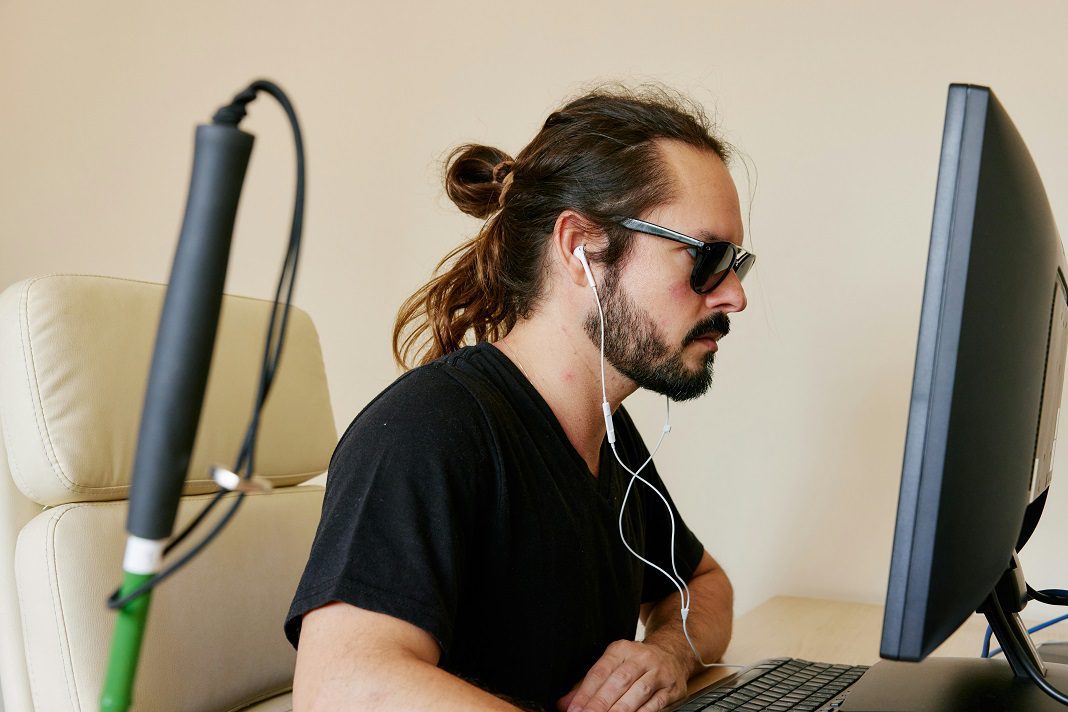by Daniel Williams, Founding Director, Visualise Training and Consultancy
Despite being fully capable and suitable for a range of roles, many individuals are rejected from jobs simply because of the “visual environment” of a workplace or preconceived notions about their abilities.
Fear of the Unknown: Why Are Employers Reluctant?
A key question arises: why do people seem fearful of visual impairment or blindness? This fear often stems from a lack of education and awareness. Visual impairment is frequently misunderstood, leading to assumptions about what an individual can or cannot do. These misconceptions create unnecessary barriers, making it difficult for people with visual impairments to secure roles or progress in their careers.
The Equality Act: A Law Without Teeth
While legislation like the Equality Act exists to protect against discrimination, it often falls short in practice. The onus of enforcing rights lies heavily on the individual being discriminated against. Legal action is time-consuming, emotionally draining, and expensive—resources that many simply don’t have.
This reliance on individuals to fight for their rights highlights the stark reality that laws alone are not enough. What is truly needed is a shift in societal attitudes. Decency, empathy, and moral responsibility should drive workplace inclusion—not just legal obligations. Employers must commit to providing reasonable adjustments that allow employees with disabilities to thrive and be treated with the dignity they deserve.
Breaking Assumptions: Seeing Beyond the Disability
People with visual impairments often share a frustrating reality: assumptions are constantly made about their capabilities. Statements like, “You work? I didn’t realise you could,” reflect the deep-seated stereotypes surrounding disability. These biases overlook individuals’ vast potential and competence, reducing their worth to what others assume they can achieve.
The truth is simple: people with visual impairments are capable of far more than society gives them credit for. The real barrier is not the disability itself but the attitudes and environments that fail to support inclusion.
A Call to Action: Building Inclusive Workplaces
Breaking these barriers requires collective effort. Employers must educate themselves about visual impairments, challenge their own biases, and foster workplaces where individuals are judged on their skills, not their disabilities.
Reasonable adjustments, such as accessible software, workplace adaptations, or flexible working arrangements, can make a significant difference. But beyond accommodations, the key lies in cultivating a culture of respect and understanding—a culture that values individuals for who they are and what they can achieve.
As a society, we must move beyond fear and misconceptions. Progress isn’t about ticking legal boxes; it’s about embracing the moral responsibility to empower individuals with disabilities to succeed and thrive. Only then can we create a world where everyone has the opportunity to realise their potential.
About the author
Daniel Williams established Visualise Training and Consultancy in 2014 to share his experience and expertise with businesses and organisations to ensure they support their employees with disabilities while meeting their legal obligations under The Employment Equality Act 1998 – 2015.
Visualise Training and Consultancy promotes and enables inclusion, accessibility and equality for people living with visual impairment, hearing loss and other forms of disability.








